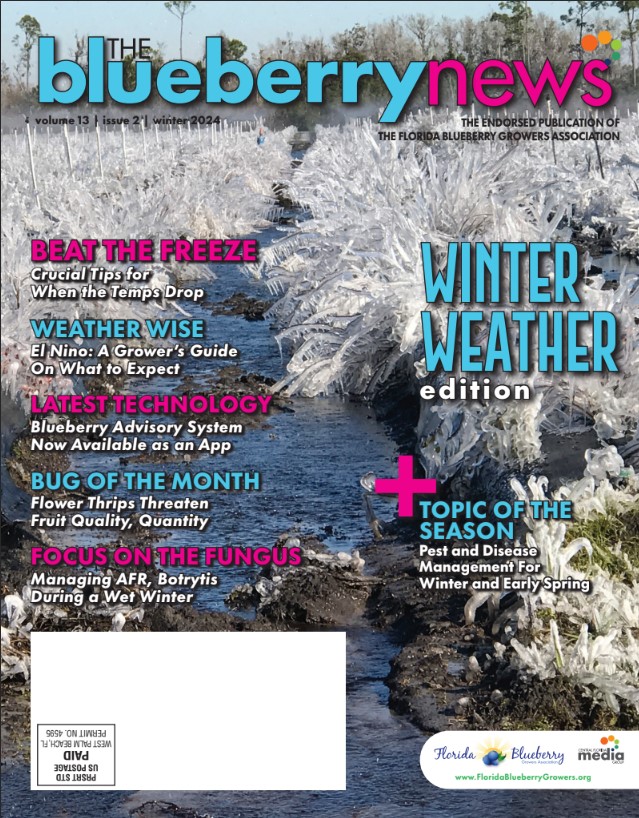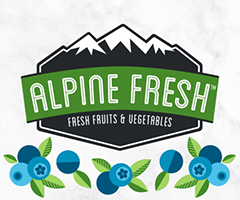Marketing Update: USHBC Efforts to Increase Consumer Demand
Positively Affecting the Blueberry Industry with ‘Little Changes’ Campaign

by ERIKA ALDRICH
Blueberries pack a mighty nutritious punch, and they’re perfect for the on-the-go lifestyles of today’s families. Those exact talking points are utilized in the mission of the U.S. Highbush Blueberry Council (USHBC) to highlight the positives of blueberries to consumers and help increase demand. The USHBC has been working since 2000 to promote the growth and well-being of the blueberry industry in North and South America.
“The Council was founded by and is funded by its members, with independent oversight from the USDA” shares Catie Frech, an Assistant Account Executive with the USHBC’s media company. “In 2000, members of the North American Blueberry Council (NABC), a voluntary organization that has supported the highbush blueberry industry for more than 40 years, submitted a proposal to the USDA for the Blueberry Promotion, Research, and Information Order and creation of the USHBC. Growers and importers approved the program in a referendum.”
The 2016 campaign follows a successful 2015 campaign that saw nearly 100 million positive impressions “garnered through social media as well as traditional media outlets,” Frech says. The 2016 campaign, titled “Little Changes,” offers consumers an array of recipes, tips, and more— with encouragement to share on social media accounts using the hashtag #OurLittleChanges— in an effort to promote blueberries as an easy and nutritious snack or ingredient option for busy families. “Our goal is to continue to grow demand for blueberries to keep pace with the fast-expanding domestic and global supply. As an industry, we strive to help consumers easily and enjoyably live healthier, more fulfilling lives,” Frech shares.
If the results of the 2015 campaign are any indication, those in the blueberry industry can look forward to an increased demand for blueberries. Frech points to statistics by the North American Blueberry Council that show demand for blueberries has grown at a dramatic rate over the last five years. In fact, “North American per capita blueberry consumption has increased by nearly 50 percent,” she cites.
Consumer demand for blueberries in 2015 showed an increase over 2014 numbers as well. Frech refers to numbers from IRI, Freshlook that show the 2015 campaign was a success. In 2015, the U.S. fresh blueberry market saw $1.5 billion in retail sales, an increase of seven percent over 2014. Similarly, the frozen blueberry market in the U.S. saw a 4.5 percent increase, bringing total frozen blueberry retail sales to $189.6 million and making blueberries the second highest in frozen fruit sales by dollar amount.
A Hebert Research 2013 U&A Study for the USHBC indicated that blueberry consumers are “trending younger and more diverse,” meaning that social media is an apt outlet for reaching those consumers with the Little Changes campaign. Frech points out statistics from 2015 Jensen Omnibus Research that hinted that a major target of the campaign was women, ages 25 to 44. Representing “roughly $2 trillion in purchasing power,” this group of women responded with answers that indicated they saw “blueberries as enhancing their everyday lives.” For instance, 66 percent of the women polled maintained that eating blueberries made them feel good, and 58 percent agreed that adding blueberries to their grocery carts made them feel better about their purchases overall.
This approach of marketing the blueberry’s ability to enhance a person’s life is the USHBC’s primary pitch to consumers— one that they expect will have a positive effect on demand and the blueberry industry’s bottom line once again.





